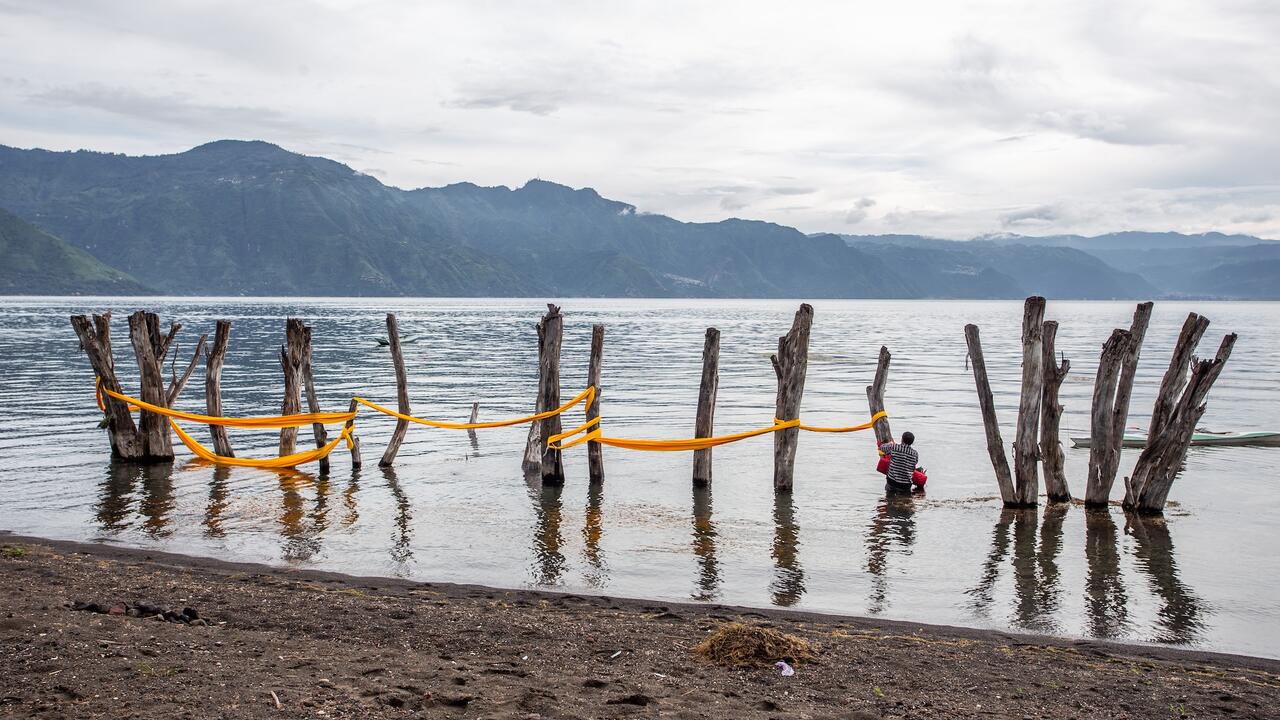Port Huron Project 5: The Liberation of Our People
Mark Tribe, West Oakland, California, USA
Mark Tribe, West Oakland, California, USA

On a hot Saturday afternoon in August a couple of hundred people converged on DeFremery Park in West Oakland to watch the re-enactment of a speech first delivered in 1969 by the Black Panther and communist Angela Davis. Conceived by the artist Mark Tribe and implemented by the Oakland Museum, the event was connected to an expansive campaign of public projects organized by Creative Time and called, after Alexis de Tocqueville’s precise analysis of American polity in the 1830s, ‘Democracy in America: The National Campaign’. Organized by Nato Thompson, the campaign mirrors and critiques the presidential campaigns happening simultaneously in the USA by ‘taking the temperature of artists’ relationships with and reactions to the historic roots and practical manifestations of the American democratic tradition’ – and, one imagines, by putting forward a politics somewhere to the left of the Republicans and Democrats.
Included in ‘Democracy …’ were: two more of Tribe’s re-enacted speeches (César Chávez in Los Angeles and Stokely Carmichael in New York); projects on corporal punishment by Rodney McMillian and Olga Koumoundouros (News from a Mime’s Thud) and Steve Powers (The Waterboarding Thrill Ride at Coney Island); commissions for the Democratic and Republican national conventions by Sharon Hayes (Revolutionary Love 1 and 2 at the Walker Art Center, Minneapolis); artists’ newspapers by Red76; an audio archive by Angel Nevarez and Valerie Tevere; and a radical ice-cream van by the Center for Tactical Magic, an ongoing project since 2005. The campaign culminates in the ‘Convergence Center’ – an exhibition and ‘meeting hall’ incorporating dozens more artists, interventions and speakers, alongside a surveillance tower by Jenny Polack, podiums by Paul Ramirez Jonas and more. Something like a Gesamtkunstwerk-festival-clearing house for activist- and interventionist-type artists, this event is slated for a week-long stint in September at the Park Avenue Armory in New York.
The Oakland re-enactment absented much of this larger context in favour of somewhat haphazard community engagement – the boisterous event overran two ill-fated family picnics – and ambiguous political posturing. Standing, as one speaker put it, ‘in the shoes of the original audience’, we heard Davis’ speech delivered by two different actresses, one after the other. By turns theatrical and strident, neither version put across the greatness of Davis’ original address. The performers lost her musical, persuasive, Birmingham cadences – a form of speaking that makes political agitation sound like good common sense.
Davis’ original speech was marked by its insistence on the presence of its audience – she spoke directly to those gathered, soliciting their active responses. Using a transcript of her sometimes improvised speech as a script, the event lost this ‘live’ quality. Tribe’s cameras dominated the scene, and his proxies spent time between ‘takes’ coaching and frantically stage-managing their audience. Our function as audience was merely to show up and become placeholders for two other audiences: first, the absent audience of Davis’ address; second, the projected audience Tribe imagines for the film document of the re-enactment. I never quite felt that we were being, to use Louis Althusser’s language, ‘hailed’ by what was being read, except indirectly, and by way of some other imagined audience. The result was a brittle spectacle, a game show with a political theme.
Davis urged her audience to make common cause between the anti-war movement, communism – she argued for solidarity with the Vietnamese provisional government – and domestic struggles for civil rights, particularly the freeing of political prisoners. That Davis’ speech can be applied to our present – the war in Iraq, detainees in Guantánamo Bay etc. – is certainly intended by Tribe. Yet a closer reading of her text reveals differences as well. Contemporary categories of class in the USA do not map neatly over the early-20th-century divisions and descriptions insisted on in the speech. And what do we make of the failure of the New Left not only to achieve its goals but coherently to state its demands on a world stage? It is clear that, when the Vietnam War ended, so too did this dream of binding together such a united front. Specious correlations obscured these real discontinuities. The past doesn’t always repeat itself.
























